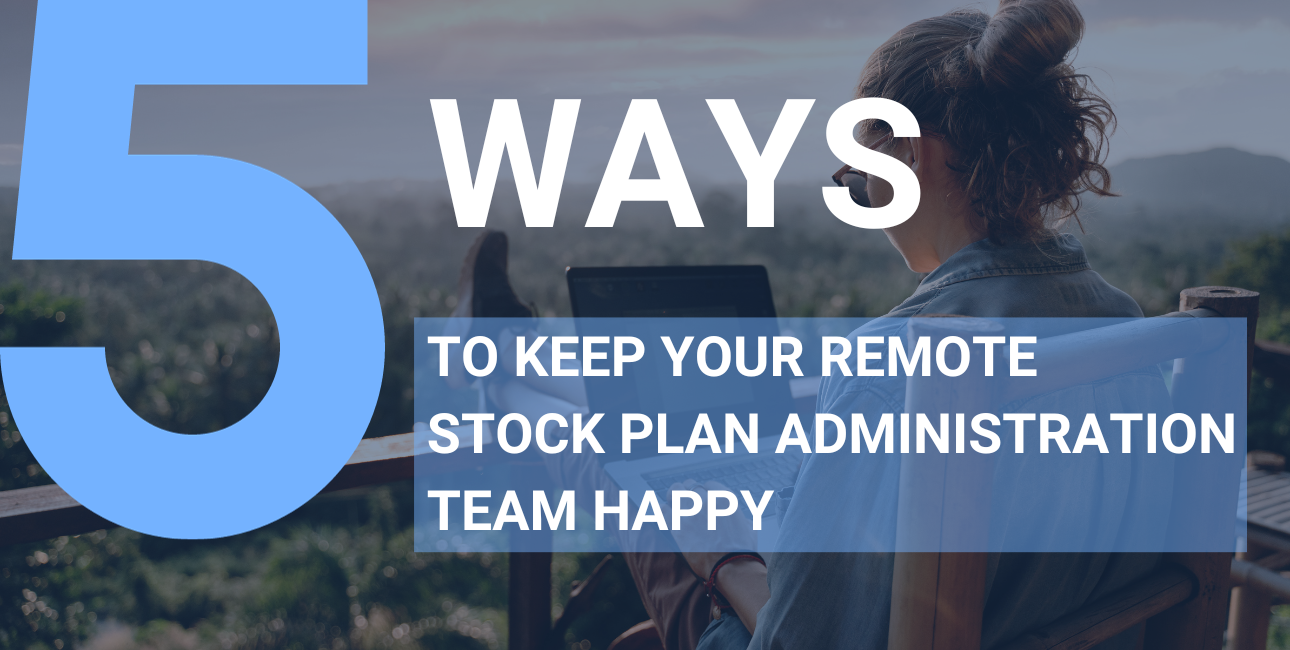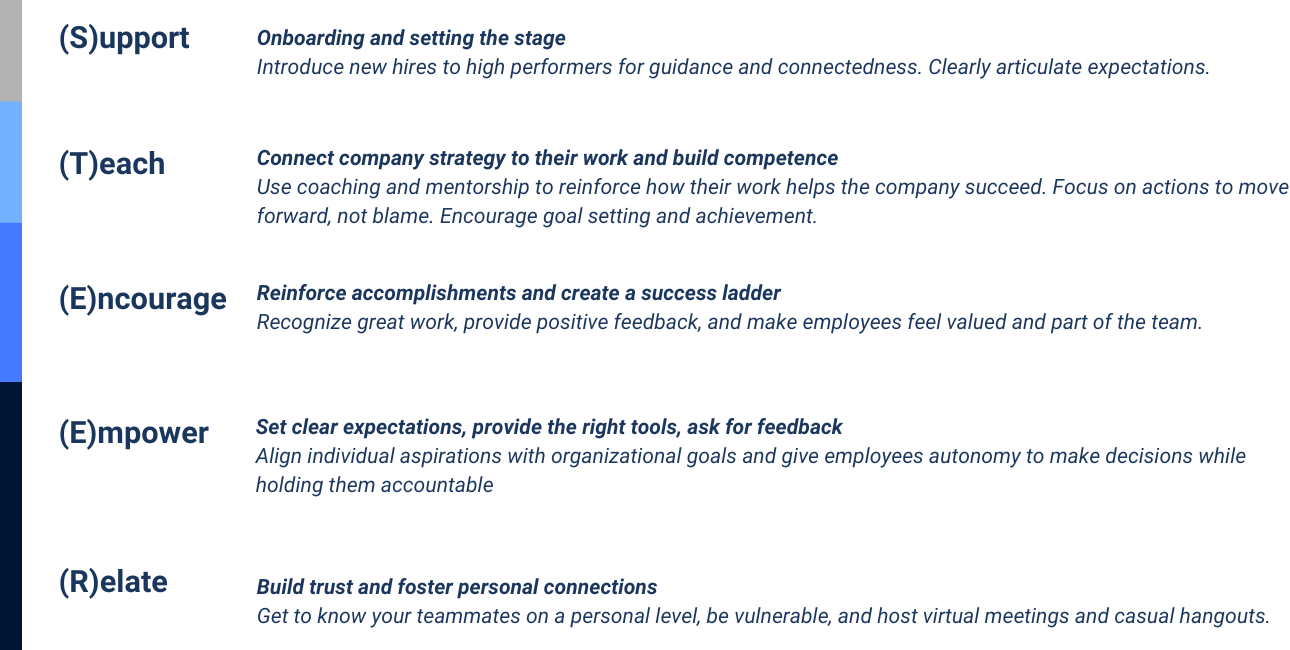
5 Ways To Keep Your Remote Stock Plan Administration Team Happy
One of the most important decisions in a person’s life is deciding what they want to do and where they want to work.
The choices we make regarding our careers can have a profound impact on our happiness, motivation, and overall quality of life. However, the world of work is evolving rapidly, and as we’ve seen in recent years, factors like remote work and changing work environments can present unique challenges, particularly for professionals in roles such as stock plan administration.
The Changing World of Work
The way we work has transformed significantly over the past decade. The traditional model of working in a physical office from 9 to 5 has been disrupted by a range of factors:
1. Remote Work:
The COVID-19 pandemic accelerated the shift toward remote work. In 2020, the percentage of remote workers in the U.S. surged from 5% to over 50%. While it has decreased since then, it remains a significant part of the workforce, with 30% still working remotely today.
2. Job Turnover:
In 2021, a staggering 47 million Americans voluntarily left their jobs, according to the U.S. Bureau of Labor Statistics. Additionally, at least half of the U.S. workforce considers themselves ‘Quiet Quitters,’ meaning they are disengaged, filling a seat, and watching the clock, resulting in increased stress and burnout.
3. Economic Impact:
Employee disengagement costs the U.S. economy as much as $350 billion annually. Disengaged employees take more sick days, are often tardy, undermine their engaged colleagues’ work, and often miss deadlines.
Motivation and Engagement: The Leadership Challenge
Motivating and engaging employees has always been a leadership challenge, but remote work has made it even more complex. Prior to 2020, remote work was relatively limited, and many remote workers still spent some time in the office. Since 2020, 30% of workers are primarily working remotely, creating a long-distance relationship between leaders and their teams.
Remote work brings several risks, including lower productivity, increased turnover, longer hiring periods, and more challenging onboarding. For instance, the cost of replacing an individual employee can range from half to twice the employee’s annual salary. A senior stock plan administrator in the 75% percentile, earns a base salary of $149,000. Therefore, the cost of turnover for one stock plan administrator could be upwards of $298,000.
So, how can organizations make long-distance working relationships function more like in-person, engaged relationships? The answer lies in understanding and addressing the psychological needs of remote stock plan administrators.
The STEER Framework: Meeting Psychological Needs
STEER is a framework created by Stock and Option Solutions that focuses on meeting the key psychological needs of remote stock plan administrators, fostering motivation and engagement. It stands for Support, Teach, Encourage, Empower, and Relate. Let’s break down each element:

Incorporating these elements into your leadership approach can help address the unique challenges of motivating and engaging remote stock plan administrators, ultimately leading to a more productive and satisfied team.
Motivating and engaging remote stock plan administrators requires a thoughtful and multifaceted approach. The STEER framework, encompassing Support, Teach, Encourage, Empower, and Relate, can serve as a valuable guide for leaders in fostering motivation and engagement. By understanding and meeting the psychological needs of their remote teams, organizations can navigate the challenges of the evolving world of work and create a more positive and productive work environment for all.
Follow us:

